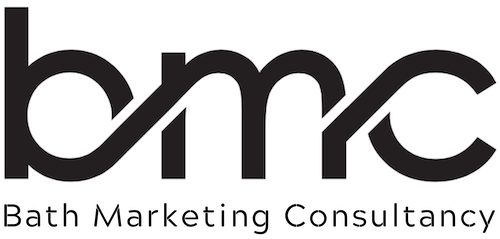Sponsorship in Marketing: Building Brand Awareness & Supporting Growth
Sponsorship is a powerful marketing tool that allows businesses to increase brand visibility, engage with target audiences, and create positive associations with their brand. Whether sponsoring a sports team, industry event, or charitable initiative, sponsorship provides businesses with an opportunity to integrate their brand into key areas where their audience is most engaged.
In this article, we will explore:
- What sponsorship is and how it fits into the marketing mix
- The key benefits of sponsorship for brand awareness and business growth
- The different types of sponsorship and how businesses can use them effectively
What is Sponsorship in Marketing?
Sponsorship is a strategic partnership where a business provides financial support, resources, or services in exchange for promotional opportunities. Unlike traditional advertising, sponsorship is often more subtle, helping brands build credibility, goodwill, and long-term relationships with their audience.
Sponsorship can take many forms, including:
✅ Funding sports teams and events
✅ Supporting conferences, trade shows, and industry summits
✅ Partnering with charities and social causes
✅ Backing media content, such as podcasts or YouTube channels
✅ Providing resources or services to a high-profile project
📌 Example: A local car dealership sponsors a youth football team, ensuring its logo appears on team jerseys, at matches, and on social media updates. This strengthens the dealership’s reputation within the community and keeps its brand visible to local families.
How Sponsorship Fits into the Marketing Mix
In marketing, sponsorship is part of the promotional strategy, sitting alongside PR, advertising, digital marketing, and content marketing. Unlike direct advertising, which aims for immediate sales, sponsorship focuses on brand positioning, credibility, and audience engagement over time.
🔹 Sponsorship vs. Advertising
- Advertising is direct promotion (e.g., social media ads, TV commercials).
- Sponsorship builds brand association and reputation through indirect exposure.
🔹 Sponsorship vs. Public Relations (PR)
- PR generates media coverage and shapes public perception.
- Sponsorship aligns a brand with events, causes, or experiences to foster goodwill.
🔹 Sponsorship vs. Influencer Marketing
- Influencer marketing uses individuals to promote products.
- Sponsorship places a brand in trusted events, teams, or organisations for credibility.
📌 Example: A technology company sponsors an industry conference, ensuring its brand is featured in marketing materials, keynote presentations, and networking sessions—establishing thought leadership among potential clients.
The Benefits of Sponsorship in Marketing
1. Builds Brand Awareness & Recognition
Sponsorship places a brand in front of targeted audiences, ensuring visibility through event signage, media coverage, and online promotions. The more frequently people see a brand’s logo, the stronger their brand recall.
📌 Example: A finance company sponsoring a major marathon sees its branding appear on banners, race bibs, and promotional materials—reaching thousands of participants and spectators.
2. Enhances Brand Credibility & Trust
When a business sponsors a respected organisation, team, or event, it gains credibility by association. Consumers often transfer their trust in the sponsored entity to the brand itself.
📌 Example: A luxury watch brand sponsors a high-profile tennis tournament, reinforcing its image as a premium, high-status brand.
3. Provides Targeted Audience Engagement
Unlike broad advertising, sponsorship allows brands to engage with specific demographics that align with their business.
📌 Example: A pet food company sponsoring a dog show ensures its brand reaches pet owners and enthusiasts, who are its ideal customers.
4. Generates Positive PR & Media Exposure
Sponsorship often leads to free publicity through media coverage, event promotions, and social media mentions. Many events actively promote their sponsors, giving brands extra exposure.
📌 Example: A sustainable fashion brand sponsors an eco-friendly film festival, earning media attention for its commitment to environmental causes.
5. Boosts Business Networking & Partnerships
Sponsorships—especially for business conferences and industry events—allow brands to connect with potential clients, partners, and investors.
📌 Example: A software company sponsoring a tech summit gains direct access to decision-makers who may need its solutions.
6. Increases Sales & Customer Loyalty
While sponsorship is not always about immediate conversions, long-term brand exposure leads to increased consumer trust and eventual sales. Customers are more likely to choose brands they recognise and associate with positive experiences.
📌 Example: A coffee brand sponsoring a music festival creates branded pop-up cafés, encouraging attendees to try its products and later purchase them in-store.




